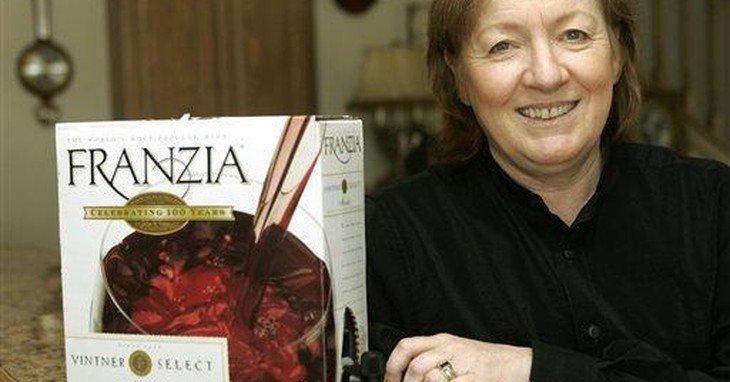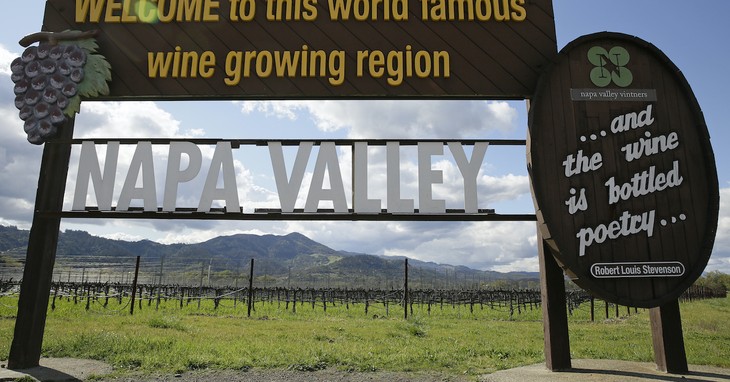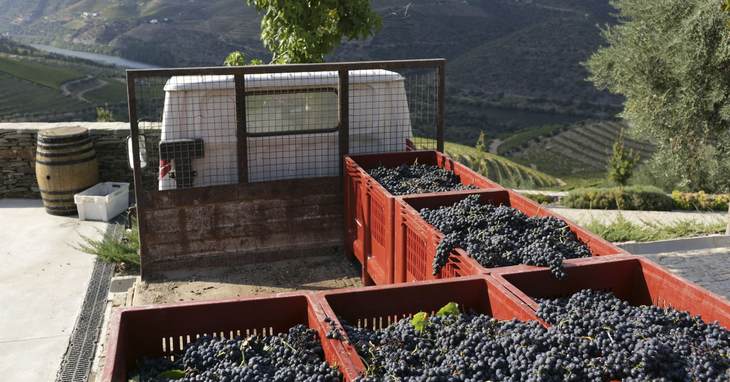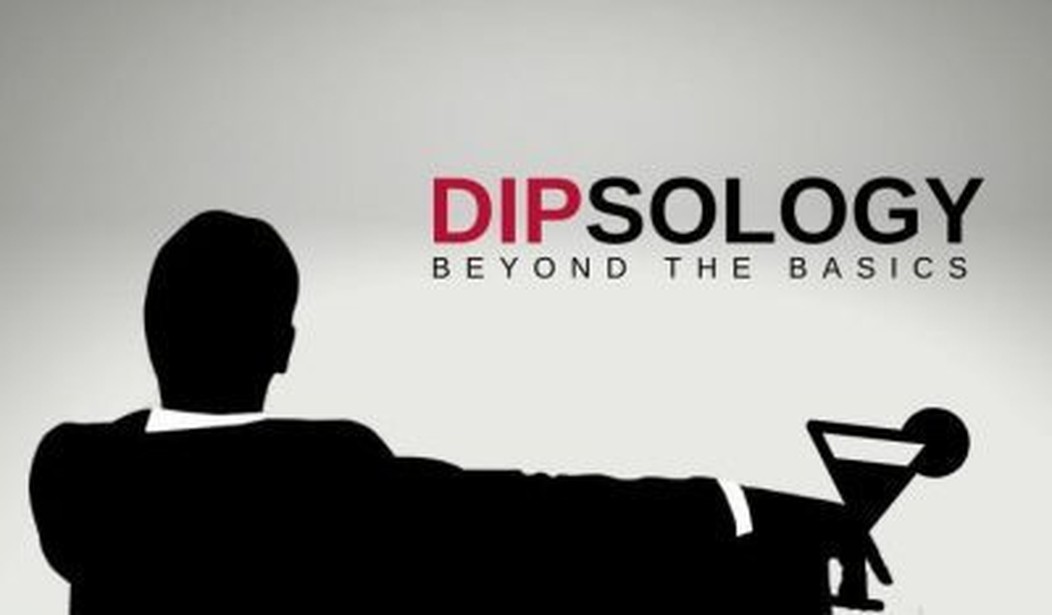Dipsology: Beyond The Basics – Paying Tribute To the Revolutionary Vintner of “Two-Buck Chuck”
With his passing Fred Franzia leaves us a legacy we can all afford.
This week it was announced that the vintner world lost a legend. Fred Franzia passed away at the age of 79, the announcement coming from the company he built into a wine powerhouse. Over the past 40 years or so Franzia literally revolutionized the wine industry by finding a way to deliver bargain-basement pricing to the snobbish industry, and he ruffled quite a few feathers as he also was lauded for his innovations.
Easily his most recognizable accomplishment was bottled wine for less than a $5 price point that was not the ripple-grade flask swill found at gas stations, like Night Train or MD 20/20. If you have ever been to a Trader Joe’s market you are doubtless familiar with the uber-inexpensive bottles of various varietals under the label of Charles Shaw, affectionately dubbed “Two-Buck Chuck” (That price has risen hence, but not alarmingly so.)
How Franzia achieved this is impressive, and the sheer numbers are staggering, as we will get to in a bit. Born into a family that was rooted in wine, a rift inspired Fred to seek out his own path in the industry, and instead, he paved the way for anyone to enjoy tippling the vintner’s craft. It began with the reason why the discount wine that bears the family name is not his.
Franzia boxed wines are technically of his family, but the rights were sold to Coca-Cola in the early 1970s by his parents, a decision that angered Fred to the point he did not speak with them for years after. He instead started his own enterprise, Bronco Wine Company. Franzia was not just adept at bottling grape products but was a business-minded wine baron. Slowly, gradually, he acquired more of a stake in the California vineyards and set his sights on becoming a volume bottler.

From Chaz to Chuck
Also going back to the 1970s is where we would find the creation of Charles Shaw Winery. This was the namesake of a grower with a passion for wine and a measure of success. He made a small fortune with the business that he grew significantly but then was beset by a number of mishaps. He misread the market for one wine type, then had a large batch of his product becoming tainted and needing to be disposed of; and then a crop infestation in the 1980s all contributed to the company’s downfall.
By 1992, Shaw had to declare bankruptcy and sell off his winery. This was when Bronco stepped in and acquired the company at auction, something that has been somewhat of a practice of Franzia for decades. Not unlike a car dealer cruising repossession auctions. Franzia and Bronco would keep an eye out for wineries that were going under and snap up their assets, adding to his swelling business.
In particular, Franzia would watch for the white-collar tycoon set who would think they could make a go of things after becoming enamored of wine when they came into money. As Fred put it, “We buy wineries from guys from Stanford who go bankrupt. Some real dumb-asses are from there.” Meanwhile, Bronco expanded to be a complete wine delivery enterprise – from grapes to mashing, to bottling, and even getting into distribution, the company can handle it all.
Franzia grew his empire by employing a number of methods that tweaked convention and even strained legalities at times. He was once fined over the use of different grapes in the creation of another style. He has run into issues with naming wines with the word “Napa” while the grapes were not from that valley. He had reached something of a grudging compromise, labeling some wines as “bottled in Napa,” an accurate technicality, as he has a massive plant based in the county. This too had to be legally challenged and taken down.

By placing himself in a position of power by size, and with the Charles Shaw brand under his roof, Franzia looked to make a bold move. He struck a deal with Trader Joe’s to create for the grocery chain an in-house brand that would both fit into the store’s unique product profile and be ridiculously cheap. Bronco was able to create this because at the time, California had a surplus of grapes, depressing pricing significantly.
Franzia leveraged this, buying better quality grapes in bulk and blending the wine made from those with his own, making an extremely cheap but better quality product. From there, he has made extensive moves to further streamline and save costs in order to continue generating mass quantities of a cheap but potable product. When asked how it was he was able to sell wine cheaper than bottled water, he sourly quipped that they were severely over-charging for water.
Creating a Fortune on the Cheap
Over the years, Bronco Wine Company has basically perfected the mass-produced label of wines. The sheer quantity means that the quality and flavor can differ from vintage to vintage, but the cost is the primary driving force. It has been measured that the cost of the wine of any bottle comprises only 30-40 percent of the price, and possibly lower. The rest is in the packaging and shipping.
More than simply being able to create massive quantities of wine to get to a shockingly low price, Franzia developed a number of methods to further streamline his process in order to lower costs wherever he could. This was not a case of being a skinflint, it was looking over the entire operation and seeing where it was that he could make it make sense to do things differently from the established practices in the industry. After all, he was not able to buy up all those failed wineries because their methods worked.

To start, most of his grapes are grown in the San Joaquin Valley, where land is far less expensive than in Napa Valley. Automation has also been a large component, as machine harvesting and other steps in the process now require less labor. This extends to the mashing machines, each capable of processing a ton of grapes a day. Then the aging takes place in massive mash tins with oak chips added for flavoring, as opposed to costly oak barrels.
As the company became more successful, he expanded his bottling operation to handle the process itself. They also developed a lighter glass bottle. This allowed for trucks to carry more cases at a time and save on shipping. Bronco prefers corks for its Charles Shaw label and has developed a molded composite version with a natural cap.
During peak processing, the bottling plant can fill around 30,000 cases a day, producing more than all other Napa wineries – combined. The annual output is tens of millions of cases. Another significant savings is in being its own distributor, bypassing the added cost of wholesalers. All of this led to year after year of increased sales. Since its introduction in Trader Joe’s stores in 2002, the “Two Buck Chuck” Charles Shaw has sold 2 billion bottles.
That, as they might say in the wine industry, is a legacy.















